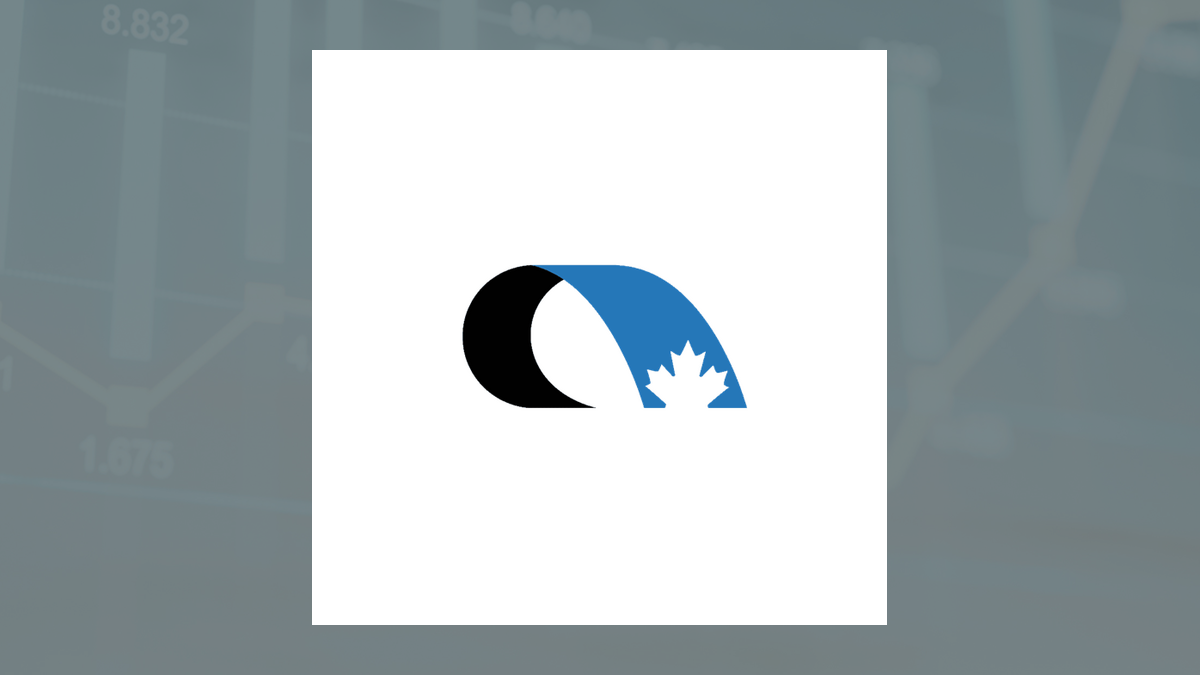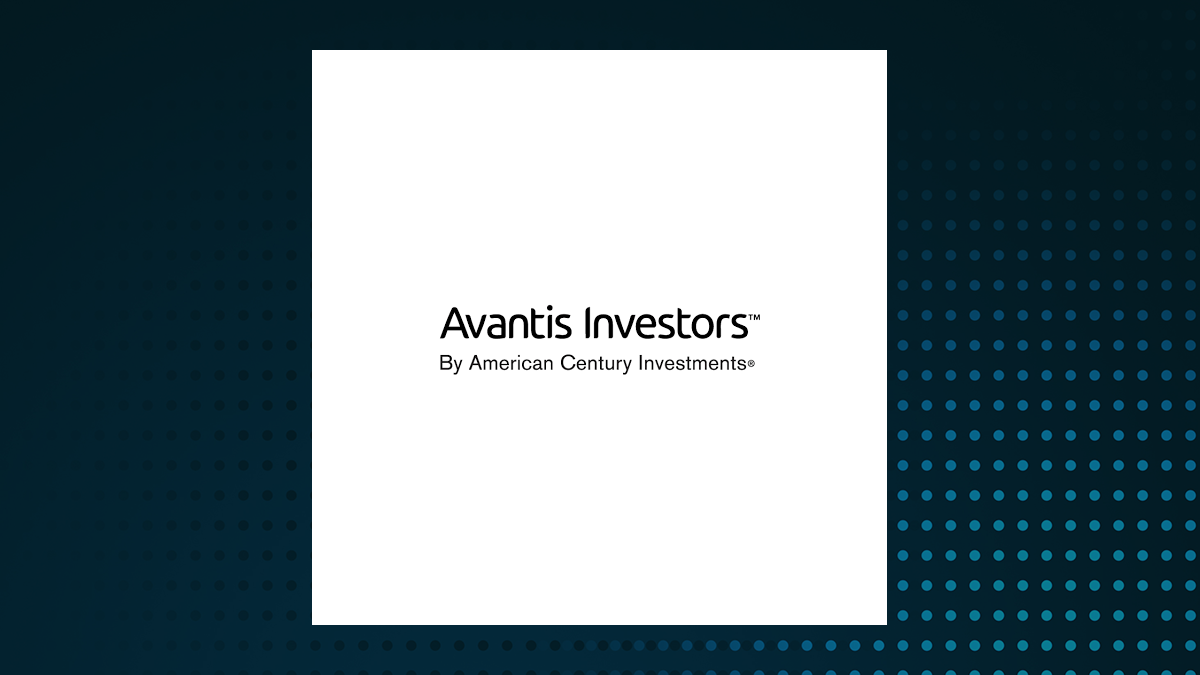
Schedule for Monday Valuations of Indian equities have been topic of discussion among analysts and foreign investors. In a recent report published on 29 August, global brokerage Bernstein presented 10 valuation-based stock ideas to navigate the market hysteria as valuations do not seem to concern individual investors. Bernstein’s view on the Indian markets is to navigate cautiously.
While major economic events such as a surprising election result and the weak US labour data did create setbacks, minor positive news drove inflows, allowing the market to beat expectations. Broader themes might drive returns in the short term, but once fundamental challenges emerge, it will create disparities within stocks. Bernstein suggested a bottom-up approach for such times, one that involves selecting stocks with moderate valuations, supportive themes and catalysts that could help them outperform in a changing macro environment of interest rate cuts, the upcoming US elections, and probably a recession in the US.

Bernstein made six changes to its 10-stock portfolio: In this article, we will look at the valuations of these 10 stocks and the catalysts that could help them beat the Nifty 50 Index. Bernstein India model portfolio: August 20024 While it is easier to find value in a bear market, beating a market that is already exceeding expectations is challenging. However, Bernstein’s India portfolio managed to beat the Nifty 50 Index by 10 percentage points, delivering returns of 25.
3% from January to 29 August 29 while maintaining a low beta (volatility). In the five years since its inception, the model portfolio has generated an average annualized return of 21.5%, outperforming the Nifty 50 Index, which has returned 17.
5%. Let’s take a look at the 10 stocks Bernstein believes can navigate the challenges ahead and generate market-beating returns. India is investing heavily in infrastructure and one of the biggest beneficiaries of this capital spending is L&T, the largest infrastructure stock by market cap ( 4.
98 lakh crores). The company has grown into a conglomerate, expanding into various verticals including hydrocarbon, power sector, defence engineering, heavy engineering, technology and financial services. It has healthy order growth and enjoys strong profits across verticals amid rising capital spending in India.
For now, Bernstein expects its earnings per share (EPS) to grow to 132 in FY26 from 95 in FY24, with potential for a valuation re-rating from further order growth in this dynamic macroeconomic environment. The stock has surged 159.5% since its inclusion in the model portfolio and Bernstein expects a further 7% upside.
Infosys Infosys is India’s second-largest IT company with a market cap of 8.02 trillion. The IT sector has been in a downtrend since April 2022 as several US companies have reduced their IT spending amidst rising interest rates.
This has reduced Infosys’s revenue and order book as it earns most of its revenue from North America. However, the stock price is showing signs of a recovery after bottoming out in April 2023, and the upcoming US Fed rate cuts could revive its order book. The underperformance of IT stocks has kept their valuations moderate.
Bernstein expects Infosys’s EPS to grow from 63.37 in FY24 to 79.05 in FY26.
The stock has surged 147% since its inclusion in the model portfolio and Bernstein expects a further 9% upside. NTPC The Make-in-India initiative will drive demand for power. As India's largest thermal power generation company, with a 17% share of India’s total installed power capacity and 24% of total power generation, NTPC is best positioned to meet this demand.
It is looking to grow its installed capacity from 76.29 GW to 130 GW by 2032 through a successful transition to green energy. With a market cap of 3.
91 trillion, it is the largest power stock and has the sector’s second-lowest PE ratio of 18.27. Bernstein expects EPS to surge from 22 in FY24 to 25.
09 in FY26. The stock price has surged 71% since its inclusion in the model portfolio and another 9% upside is expected. Zomato Zomato is India’s largest new-age internet company, with a market cap of 2.
25 trillion. It turned profitable in the June 2023 quarter and has continued to grow its net profit for five straight quarters. It is now expanding its quick commerce operations through Blinkit.
Its growing penetration could be a catalyst for growth. Zomato grew its profit by 126.5x in the first quarter of fiscal year 2025.
Bernstein expects EPS to grow 8x by FY26. The stock has surged 42% since its inclusion in the model portfolio and another 8% upside is expected. HDFC Bank While PSU banks have outperformed over the past two years, private banks have not yet picked up momentum, resulting in reasonable valuations.
Amongst them is HDFC Bank, India’s largest private bank with a market capitalisation of 12.54 trillion. The merger of HDFC and HDFC Bank in July 2023 pulled down the fundamentals and slowed loan growth.
However, the bank started to pick up momentum in 2024. Bernstein expects EPS to grow from 85.7 in FY24 to 111.
7 in FY26. The stock has surged 10% since its inclusion in the model portfolio and another 28% upside is expected. Reliance Industries A portfolio focussed on large caps is incomplete without Reliance Industries, India’s largest company by market cap ( 20.
19 trillion). Rather than a sector-specific bet, investing in Reliance is a bet on India’s economy. As the largest retailer and telecom operator, it is deeply connected to the Indian consumer segment, which is expected to double in the next three years.
The gap from consolidated but slowing growth in its oil-to-chemical (O2C) business is expected to be filled by a new-energy business. Reliance Industries is betting big on AI and green energy as it looks to double in size by 2030. Bernstein expects EPS to almost double from 102.
9 in FY22 to 194.46 by FY26, which would be a significant feat for a company that’s already a market leader in all the segments in which it operates. The stock has surged 15.
5% since its inclusion in the model portfolio and Bernstein expects a further 15% upside as growth picks up. ICICI Bank Bernstein continues to maintain an ‘outperform’ rating for the six stocks above as it sees headroom for growth. However, it has a market-perform rating for ICICI Bank, India’s second largest private-sector lender by market cap ( 8.
7 trillion). The bank underwent a and is now trading at a premium valuation. Bernstein expects EPS to grow from 58.
38in FY24 to 72.38in FY26. With exposure in the two largest private banks, Bernstein booked profits in Axis Bank as it had already received a boost from integrating Citigroup customers.
Bernstein’s target price for the stock is 1,250, which is close to its current price. SBI Life Bernstein has added SBI Life to its India portfolio, replacing Axis Bank with another financial stock. With household savings rising and the equity investment cycle in the mid-to-late stages, insurance could present a good diversification opportunity.
As the largest private insurer – and its distribution partnership with India’s largest public-sector bank SBI – SBI Life could benefit from this trend. Moreover, pricing power, industry-leading margins and the lowest operating expenses and commission ratios could act as catalysts. With a market cap of 1.
91 trillion, it is a good contender in the large-cap space. Bernstein expects EPS to grow from 18.91 in FY24 to 29.
24 by FY26. Its target price for the stock 2,270, which implies an upside of 19% from current levels. REC Rural Electrification Corporation is the latest addition to Bernstein’s India portfolio.
It’s involved in financing projects for power generation, transmission and distribution, as well as renewable-energy projects. As a public sector undertaking under the ministry of power and a subsidiary of Power Finance Corporation, it benefits from low-cost capital. Bernstein sees potential in power generators and transmitters, especially in rural areas, where there are transmission constraints and power shortages in the evenings.
Moreover, it will benefit from increasing power demand and the transition to renewable energy. With its domain expertise, REC is well-positioned to capitalise on the power sector upcycle, new rural power projects, and government initiatives. The PSU has improved its asset portfolio by reducing non-performing assets (NPAs).
Moreover, distressed thermal plants that took loans from REC are undergoing rehabilitation, which could further reduce its NPAs. With a market cap of 1.66 trillion, it is the third-largest PSU lender by market cap.
Bernstein expects EPS to grow from 53.72 in FY24 to 67.31 in FY26.
Its target price for the stock 653, which implies an upside of about 4% from current levels. Avenue Supermarts Avenue Supermarts, which has a market cap of 3.45 trillion, is Bernstein’s addition in the consumer segment.
This value retailer is known for its large stores and big discounts. Bernstein sees much room for the company to grow as the Indian middle class transitions from loose, unbranded goods to packaged, branded ones. The retailer operates in three high-GDP states – Maharashtra, Gujarat and Telangana – and is growing gradually and efficiently.
D-Mart has posted profits since its first year of operations and focuses on operational efficiency. Today, it has the highest revenue per square foot, high inventory turnover and significant cash generation capabilities. It does not pay a dividend as it reinvests profits to buy new stores.
D-Mart has never closed any of its stores, but in August converted two stores in Mumbai into local fulfillment centers for e-commerce deliveries. Bernstein believes D-Mart is well-positioned to unlock the $600 billion total addressable market of organised retail in India. It expects EPS to grow from 38.
97 in FY22 to 67.22 in FY26. Its target price for the stock 6,300, which implies an upside of just over 19% from current levels.
The takeaway Bernstein’s India model portfolio comprises market leaders of sectors that could benefit from the current macro climate. The latest additions are a defensive play through which Bernstein expects growth momentum to pick up in a changing macroeconomic environment. The portfolio looks to beat market returns.
However, macro developments, especially after the Fed rate cuts and US elections, could lead to upward or downward revisions in price targets and EPS estimates, so it remains to be seen whether Bernstein’s bets pay off..














